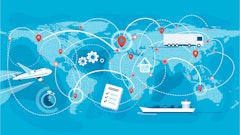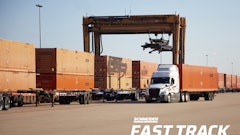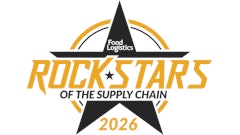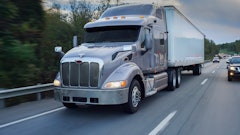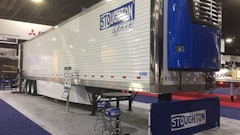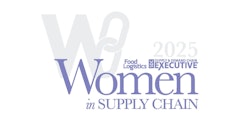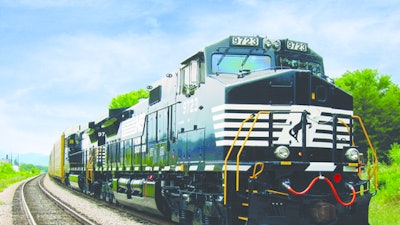
U.S. companies will prioritize sustainability goals as a Top 3 priority in 2025, according to a recent article in Forbes Magazine. Up from even just a few years ago, the Forbes data states that 65% of those CEO’s surveyed consider sustainability a top priority.
For many companies, transportation and shipping represent a major cost, as well as a major contributor to emissions of pollutants. Prioritizing sustainability goals through transportation strategy transformation will not only improve the bottom line, but it will also be better for the environment, even being positioned as a competitive advantage.
By adding railroad into one’s transportation mix, one can substantially reduce emissions and costs. In fact,
- A single rail car can hold as much as 3-4 truckloads of cargo.
- A single freight train can haul as much cargo as 300 trucks carry.
- A freight train can move one ton of goods over 470 miles per gallon of diesel fuel, compared to a truck moving that ton only 134 miles.
- Rail emits 75% fewer greenhouse gas emissions than does truck shipping.
- Rail doesn’t use highways and therefor requires no public expenditure on road wear and tear and maintenance.
To prioritize sustainability goals, corporate leadership should review their transportation paradigm and examine how inserting rail into the mix will help them achieve and exceed sustainability goals, while reducing costs. Here are five key concepts to consider:
1) Review your logistics planning strategies from ground zero.
Sometimes logistics plans have a way of becoming embedded in operations. Yet, factors can change over time, as can priorities. Taking a second look at this year’s logistics strategies, starting from scratch, can reveal meaningful cost and sustainability advantages.
2) Consider inter-modal shipping options.
Time was when shipping through one mode of transportation was the norm. Today, more and more companies are exploring inter-modal train and truck shipping to maximize savings and environmental benefits.
3) Also work with vendors to explore their alternative options.
Shipping isn’t only one way - outbound. Take a look at inbound shipping strategies, too. We recommend working with each leading vendor to explore alternative, more efficient, ways of shipping, such as rail, that can reduce inbound shipping costs without costing either the customer or the vendor anything.
4) Evolve and optimize your shipping technology.
Using transportation management systems such as AI and machine learning, you can more effectively develop and analyze predictive routing and cost forecasting solutions. Embrace state-of-the-art technology to more effectively plan routes and modes designed to improve efficiency as well as sustainability.
5) Reexamine your load consolidation strategies.
What has changed in your shipping world over the last few years - needs, costs, routes, customer demands, load opportunities and more? Review alternative ways to ship this year, that can more effectively take advantage of those changes.
The current U.S. economic trend towards onshoring might open the door to new thinking to be ready for updated supply strategies, as more products will be manufactured in North America that can be shipped via rail, or rail in collaboration with some other mode of transportation.
Instead of focusing on raising prices due to increased shipping costs, companies can focus on reducing costs by discovering and implementing greater efficiencies and economies of scale. Rail’s competitive potential can be amplified under this scenario and support easier strategies for achieving corporate goals of profitability and sustainability.








